
The global automotive industry is undergoing a significant transformation, with 2025 poised to bring new developments influenced by key events in 2024. As automakers navigate evolving market conditions, strategic partnerships, electrification, and the rise of new manufacturing hubs will be central to industry growth, according to Frost & Sullivan.
The management consultancy’s latest growth opportunity analysis highlighted the increasing collaboration between automakers, technology firms and suppliers to drive advancements in autonomous driving, connectivity and electrification. These factors, it noted, are shaping the automotive market and pushing the industry towards a more connected and autonomous future.
The entry of Chinese OEMs into established markets such as North America and Europe is expected to intensify competition, compelling legacy automakers to accelerate innovation, reduce costs, and enhance adaptability. By 2030, the industry will witness an influx of brands leveraging expertise from the electronics and software sectors, driving the development of connected and autonomous vehicles.
Canada and the U.S. currently have 100 per cent tariffs on Chinese-made electric vehicles, however.
The Russo-Ukrainian war has reshaped the European automotive landscape, leading to supply chain disruptions, increased production costs, and a surge in Chinese EV imports into Russia. Meanwhile, Chinese automakers will face mounting challenges in maintaining profitability in Western markets due to regulatory scrutiny and competitive pressures, Frost & Sullivan highlighted.
However, China’s dominance in EV production and battery technology is projected to persist over the next five to seven years, as the country maintains control over critical raw materials and advanced battery manufacturing.
Joe Praveen, growth expert at Frost & Sullivan, pointed to an increasing focus on solid-state batteries and efficiency improvements, which will be crucial in reducing costs, increasing energy density, and expanding global production capacity.
“In parallel, additive manufacturing (3D printing) will become an essential tool for automakers by 2030, enabling faster product development, mass customization, and low-volume production,” he said. “By the end of the decade, digital twin technology will revolutionize automotive manufacturing, optimizing plant operations, quality control, and waste reduction.”
As global supply chains evolve, automakers are diversifying production by establishing new manufacturing hubs. The push for regionalized production is driven by a need to mitigate geopolitical risks, reduce logistics costs and comply with evolving trade regulations, according to the analysis. Battery production is also scaling rapidly to meet the growing demand for EVs. The development of next-generation battery chemistries and localized supply chains will play a pivotal role in supporting EV adoption and ensuring sustainable mobility solutions.
Looking ahead, automakers must navigate regulatory shifts, supply chain constraints, and intensifying competition. Innovation and strategic investments will be key to long-term success. Companies that leverage digital transformation, adopt emerging technologies, and forge strong partnerships will be best positioned to thrive in the evolving automotive landscape.
Image credit: Depositphotos.com



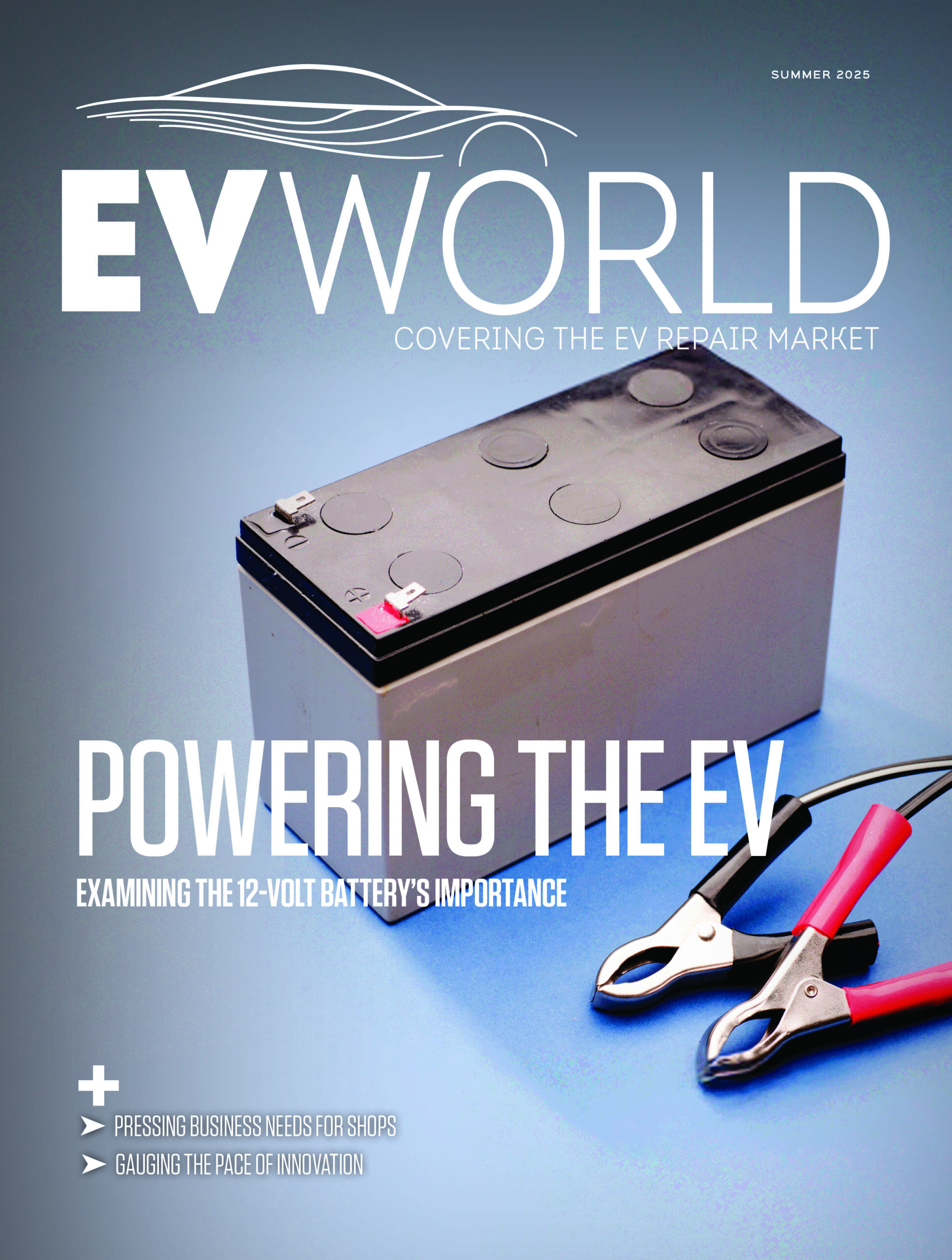

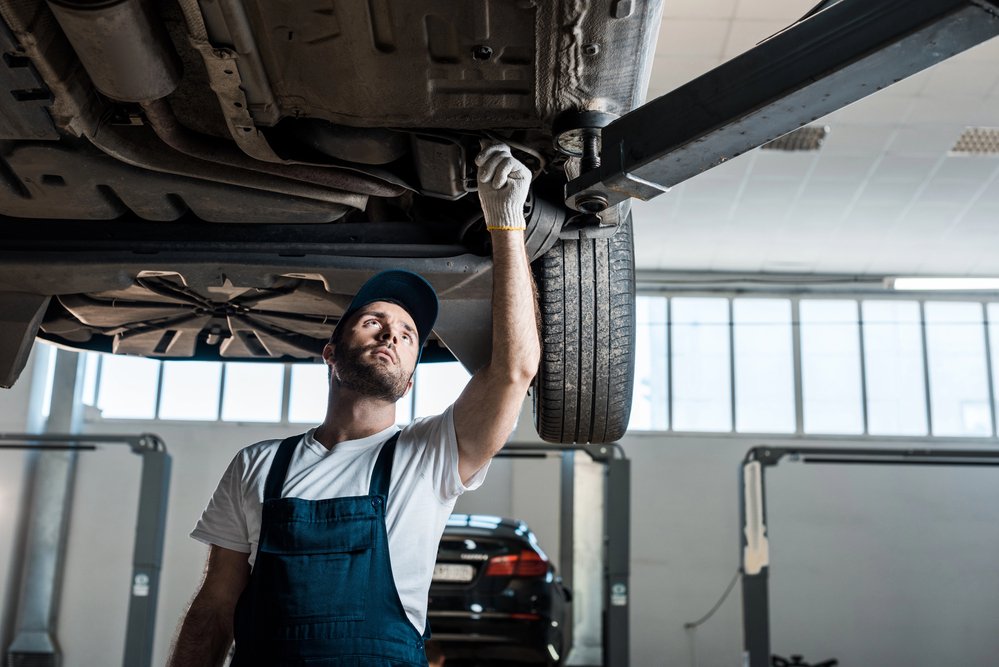


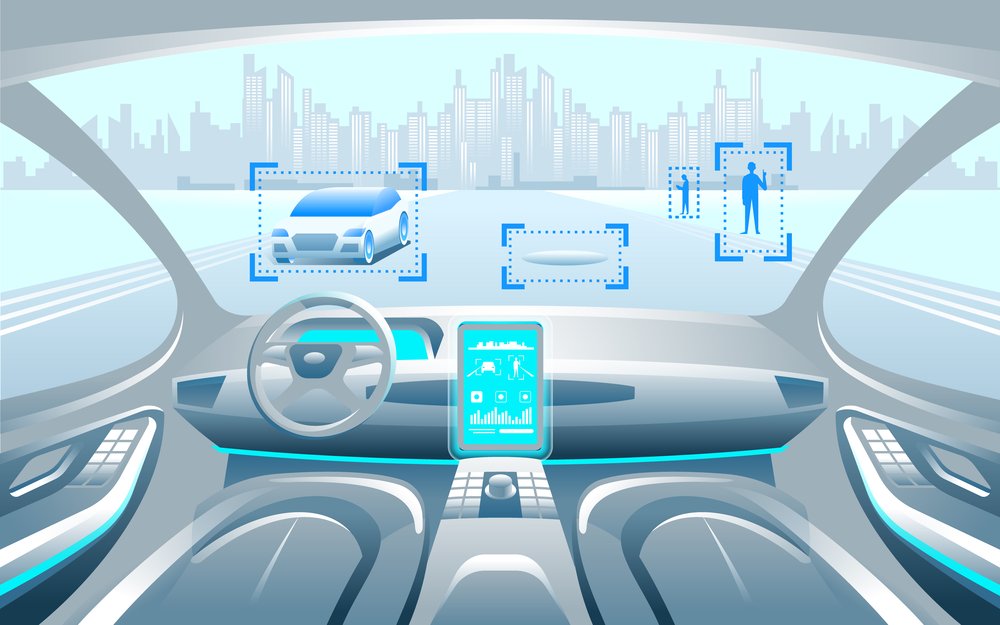


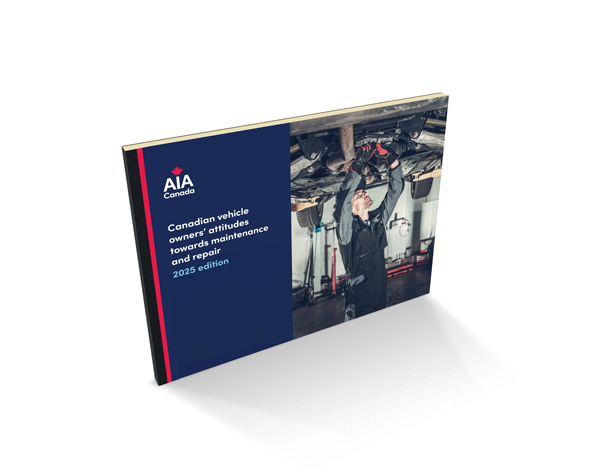
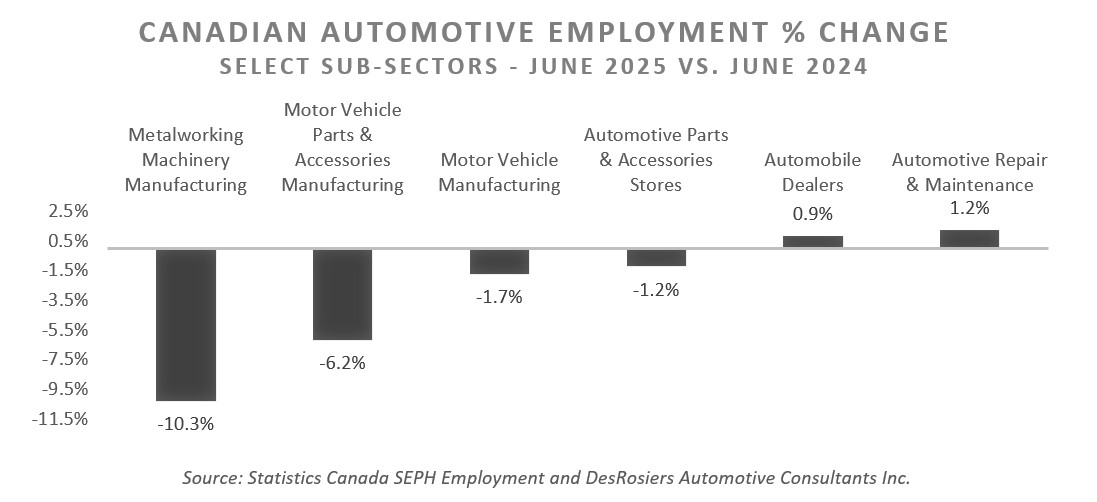
Leave a Reply